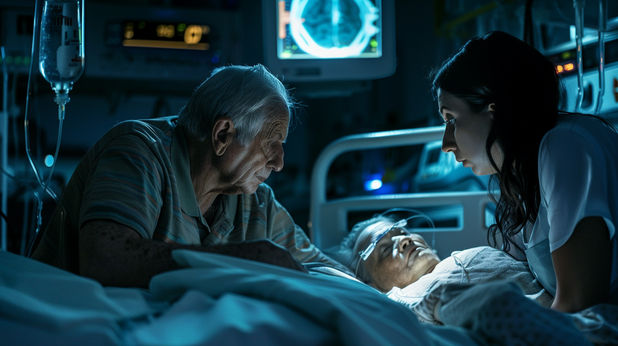Comorbidities and pre-existing injuries. Doctors and lawyers use different words to describe them, but they really mean the same thing.
When seeing a patient, the standard of care requires a physician to take a detailed history from the patient. This involves taking the time to visit with the patient and learn about prior and current medical conditions, surgeries, risk factors, and medications. This important information provides a doctor context for making diagnostic and treatment decisions.
The patient history plus physical exam findings contribute to a physician’s list of comorbidities. Thinking back to my first year of medical school, I remember that significant comorbidities for almost every disease include obesity, diabetes, and smoking. There are a host of other important comorbidities, including conditions like high blood pressure (hypertension), elevated cholesterol (hyperlipidemia), and chronic conditions affecting vital organs.
Just as comorbidities make a doctor’s job more complicated in making accurate diagnosis and treatment decisions, the same is true for pre-existing conditions in a medical malpractice lawsuit.
To prove a medical malpractice case in Texas, a patient/plaintiff must have the support of one or more medical experts. As an initial matter, to qualify as a medical expert under Texas law, a person must be a physician licensed in any state. But that’s not all. The proposed expert must have direct experience in the issues relevant to the case. In other words, it’s not enough just to have any doctor as an expert, the direct training and experience of the expert is what the trial court judge will look to in making a decision as to qualification.
Once a qualified medical expert is in place, the plaintiff must present testimony establishing that a medical mistake by a hospital, physician, nurse, or other healthcare provider caused the patient’s injury. In a case where the patient was perfectly healthy before the incident leading to the lawsuit, this can be straightforward. That’s not the situation, though, when the plaintiff has significant pre-existing conditions.
I’ll show the contrast with few examples.
I recently handle the case where a man in his 30s was the picture of health. He was athletic and worked out frequently. He didn’t take any medications and had been diagnosed with any medical conditions. Then one day when he was at the gym, he suddenly had a severe headache that was so bad he even had a hard time walking straight.
That evening and the next two days, he made three visits to emergency rooms to figure out what was going on. On each of the three visits, the physicians mistakenly thought he just suffering a severe migraine that was also causing his blood pressure to spike. The doctors prescribed different painkillers and a blood pressure medication.
Unfortunately, after the third emergency room encounter, he went home and had a massive stroke. Our medical experts carefully reviewed the medical records and case and determined that he had been misdiagnosed and was having clear signs of an impending stroke on the third day. As a result of the misdiagnosis, he was left with a permanent brain injury and seriously-disabling impairments.
The case settled very favorably at mediation. I believe that a significant factor in the evaluation of the case was the fact that this plaintiff had no pre-existing injuries. The lawyers for the defendants didn’t have anything that they could talk about and point to concerning his prior health status. It made it hard for them to find anywhere to cast blame.
The opposite is true in many other cases. As a former defense attorney for hospitals, medical schools, and physicians, I am well-aware of the strategy of going through the “parade of horribles” at plaintiff depositions or trial. I always prepare our clients for these questions. I often joke with senior clients that he should not be surprised if the defense attorney asked them about the time they stubbed their toe in second grade. The idea behind these questions is to confuse and distract the jury’s attention from the key issue.
For example, we represented a patient in a retained surgical item case. These cases are considered never or sentinel events for the simple reason that surgeons and operating room personnel aren’t supposed to leave unintended items in the patient’s body after the surgery is finished and the incision is closed. Unfortunately, the so-called never events still happen more frequently than you might think.
We’ve recently represented two clients who had entire surgical towels left in their abdomen following surgery. More frequently, it’s surgical sharp object or piece of gauze. Any surgery item that’s unintentionally left in a person’s body acts as an infection magnet. If the item is not promptly identified and removed, the infection can smolder and lead to sepsis.
In these cases, a plaintiff’s medical expert must consider the underlying surgery, the pre-existing condition that led to the surgery, and any other comorbidities when forming an opinion as to the cause of the patient’s injuries. This is done to a standard of reasonable medical probability, which means more likely than not.
If you’ve been seriously injured because of poor hospital or medical care in Texas, then contact a top-rated Houston, Texas medical malpractice lawyer for help in evaluating your potential case.





